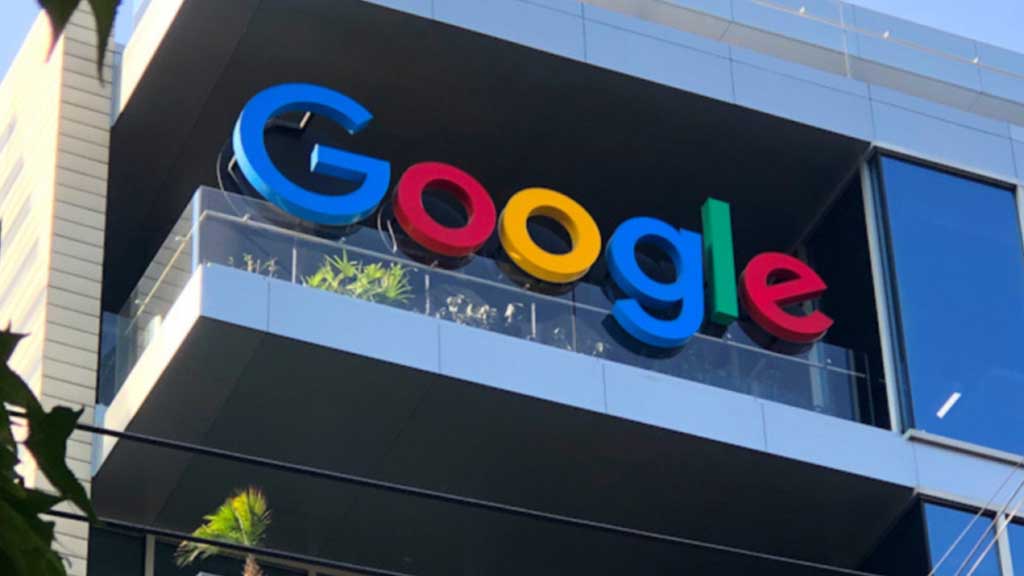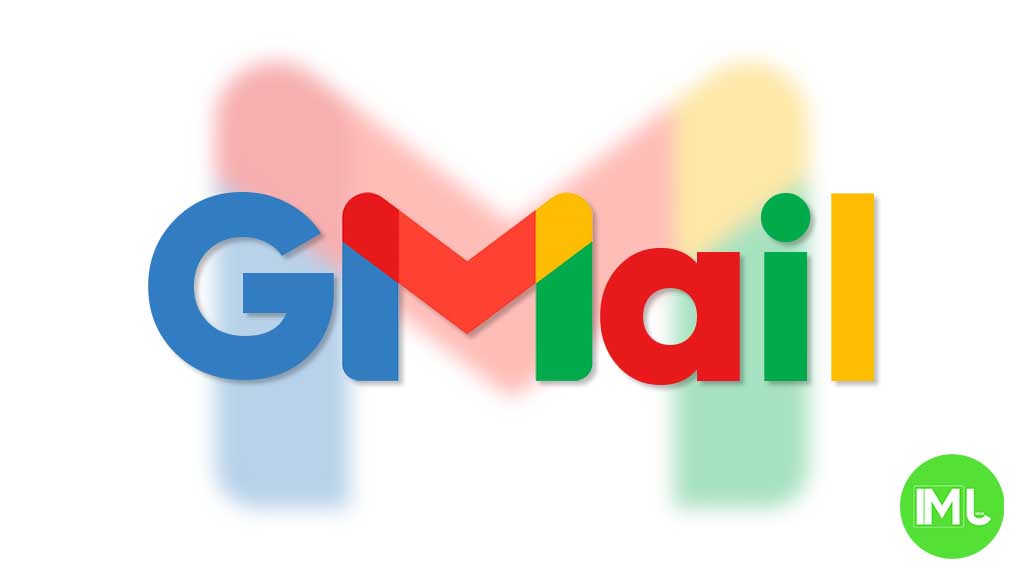Google Workspace Business starter to get shared drives, Google Tasks unveils major redesign

Key Points:
- Shared Drives in Workspace Business Starter: Launching in September with pooled storage.
- Enhanced Collaboration: Shared drives simplify access, collaboration, and content management.
- Google Tasks Redesign: New card-based UI with a streamlined experience on Android.
Google is making significant updates to its Workspace Business Starter plan and Google Tasks. Here’s what’s changing and what you need to know.
Shared Drives Coming to Business Starter
Starting in September 2024, Google Workspace Business Starter will roll out shared drives for its users. This feature comes after Google’s shift to pooled storage earlier this year. Instead of the old 30 GB per user storage limit, organizations now get a pooled storage capacity, calculated as “30 GB multiplied by the number of users.” Admins have the flexibility to set individual storage limits for users within this pooled storage.
What Does This Mean for Users?
- Easier Access to Files: Shared drives ensure that all your team’s documents are in one place, reducing the time spent searching for or requesting access to files.
- Persistent Content: Even if a team member leaves the organization, the files in the shared drive remain accessible to the rest of the team.
- Seamless Collaboration: All team members can work on the same files simultaneously, with the option to include collaborators from outside the team or even the organization.
- Access from Anywhere: Whether you’re on a different device or in a different location, you can still get to the files you need.
Admins can control who can create shared drives through the Admin console, with the ability to add or remove members and adjust their access levels. However, some advanced controls, like fine-tuned access management, are not available in this basic version for Business Starter.
Google Tasks Gets a New Look
Google Tasks has undergone a major redesign on Android, bringing a more modern, card-based interface that aligns with Google’s Material You design language. The update simplifies the user experience by removing the bottom app bar, which previously housed navigation and key actions. Now, the app features a floating action button (FAB) for creating new tasks.
The main list interface now uses a card motif, with active tasks displayed at the top and completed tasks in a separate card below. Sorting options and additional features, such as renaming and deleting tasks, are now located in the top-right corner of the screen. The design update also brings a darker background for tasks when using the dark theme, making the interface consistent with the tasks.google.com UI.
This update is being rolled out gradually through a server-side update, so if you don’t see it yet, try force-stopping the app. The new design is currently available only on Android, with no word yet on when iOS users might see it.
Google’s latest changes to both Workspace Business Starter and Google Tasks highlight its commitment to improving user experience and enhancing productivity across its platforms.
Gmail and Google Photos get new design and useful updates

Google is giving Gmail and Google Photos some fresh updates to make things easier and more user-friendly.
First, Gmail on the web is now getting a new layout option. You can choose between “Cozy,” “Comfortable,” or “Compact” views based on how much space you want between your emails. Google is also adding a setting to control whether your inbox and labels stay on screen or only show up when needed. These changes make it easier to personalize how Gmail looks and feels.
Meanwhile, Gmail for iPhone is getting a visual upgrade. The app now uses Google’s updated design style called “Material 3.” You’ll notice a cleaner look with a rounded search bar at the top, smoother icons, and better spacing. Although the bottom bar and buttons look mostly the same, the overall design feels more modern and easier on the eyes.
Lastly, Google Photos is bringing back a helpful feature. The classic search shortcut that appears in the bottom bar is returning, making it quicker to find your photos. Before this, the shortcut had been removed when Google added the new “Memories” tab. Now, both features work together, letting you browse memories and search with ease.
These updates aim to make Google’s apps feel more useful, clean, and easier to use on both desktop and mobile.
Android
Android 16 boosts USB data safety and fixes delayed notifications on Pixel phones

Google’s upcoming Android 16 update is bringing better security and some helpful improvements, especially for Pixel phone users. One of the main features in Android 16 is a new way to protect your phone’s data when it’s connected to a computer through USB. Right now, when you plug your phone into a PC or laptop, it can access all your data as long as you approve it.
With Android 16, Google is adding an extra security layer that only allows limited access unless you enter your PIN, password, or use your fingerprint. This will help protect your files if someone tries to access your phone without permission.
At the same time, Google is also working on a fix for a frustrating issue that some Pixel users have been facing for months — delayed notifications. After the April 2024 update, many users noticed that app alerts were not showing up on time, especially from messaging apps. Google has confirmed the problem and says a fix will be included in a future update, though it’s not in the current April patch yet.
Together, these changes show that Google is focusing on both stronger privacy and a smoother experience for Android and Pixel users. Android 16 is expected to roll out later this year, starting with developer previews.
Android
Google improves Translate, Assistant, TV, and Chrome with new updates

Google is bringing several updates across its apps to make them more useful and easier to use. Google Translate is working on a new feature called “Practice.” It helps users improve their language skills by offering short exercises, like matching words or filling in blanks. Right now, it looks like it will focus on Spanish, but other languages may come later. This tool could be great for people who want to go beyond just translating words and learn the language.
Google Assistant’s Driving Mode in Google Maps is starting to shut down. Many users are noticing that the card-style dashboard is disappearing, and the Assistant voice command shortcut no longer works. Google hasn’t officially said why, but it seems they’re moving away from this feature, possibly to focus on other tools or experiences in Maps.
Google TV’s Freeplay app is now back with a fresh look. It gives users free access to over 100 live TV channels. The redesign makes it easier to browse channels and see what’s playing. The new layout also highlights what’s currently on, making it faster to start watching without having to dig through menus.
Lastly, Google Chrome is testing a new built-in PDF viewer. This upgraded tool makes reading and editing PDFs easier right inside the browser. It includes better zoom controls, a cleaner layout, and a page list view that lets users jump to specific pages more quickly. These updates show Google’s push to improve how we learn, drive, watch TV, and browse the web.
-

 Apps1 year ago
Apps1 year agoGboard Proofread feature will support selected text
-

 News1 year ago
News1 year agoSamsung USA crafting One UI 6.1.1
-

 News1 year ago
News1 year agoBreaking: Samsung Galaxy S22 may get Galaxy AI features
-

 News1 year ago
News1 year agoSamsung Galaxy S23 Ultra with One UI 6.1 and all S24 AI features revealed
-

 News1 year ago
News1 year agoOne UI 6.1 Auracast (Bluetooth LE Audio) feature coming to many Samsung phones
-

 News1 year ago
News1 year agoSatellite SOS feature coming to Google Pixel phones, evidence leaked
-

 Apps11 months ago
Apps11 months agoGoogle’s fancy new Weather app is finally available for more Android phones
-

 News1 year ago
News1 year agoGoogle Pixel evolves as Europe’s third best selling flagship








